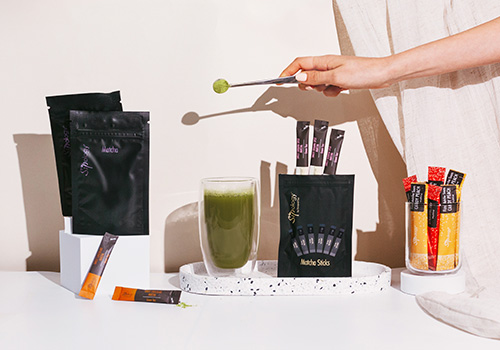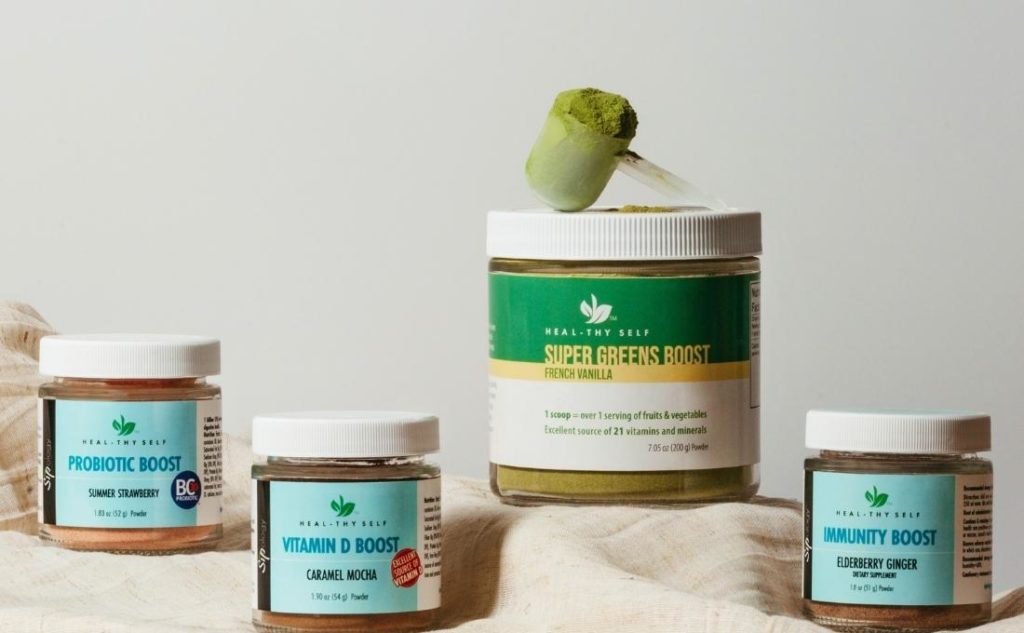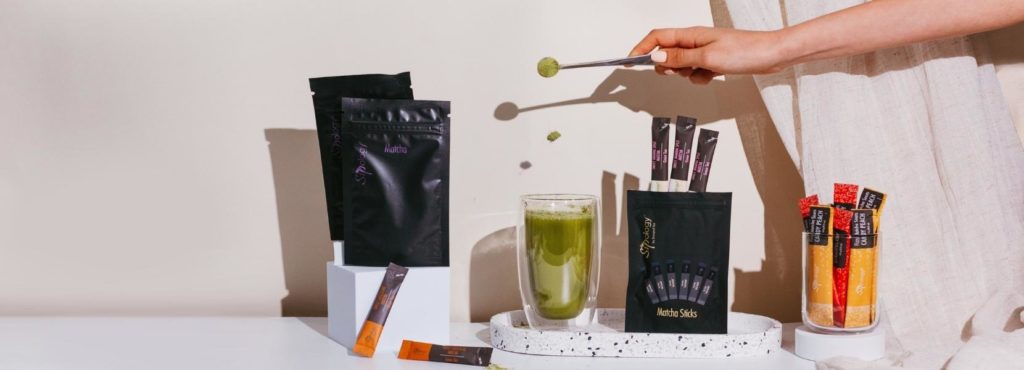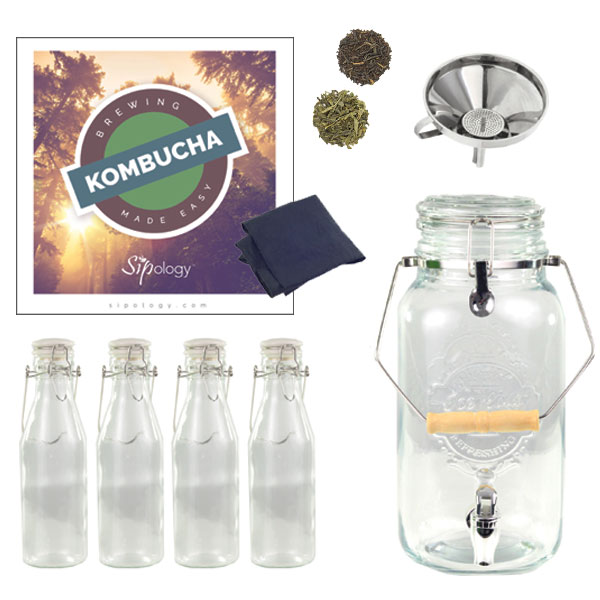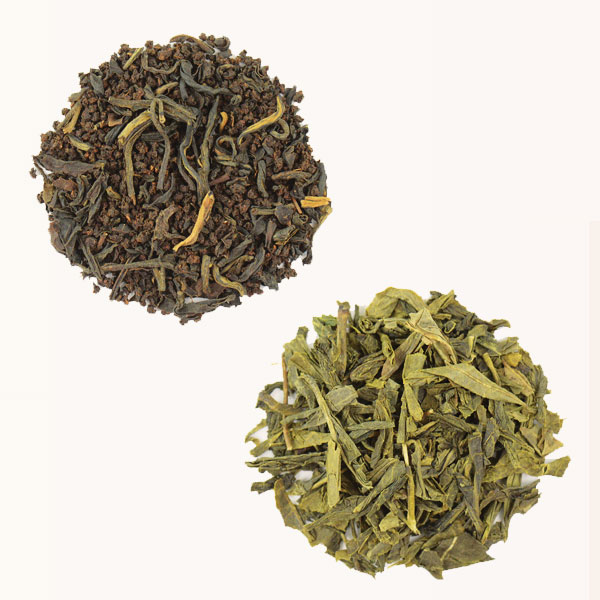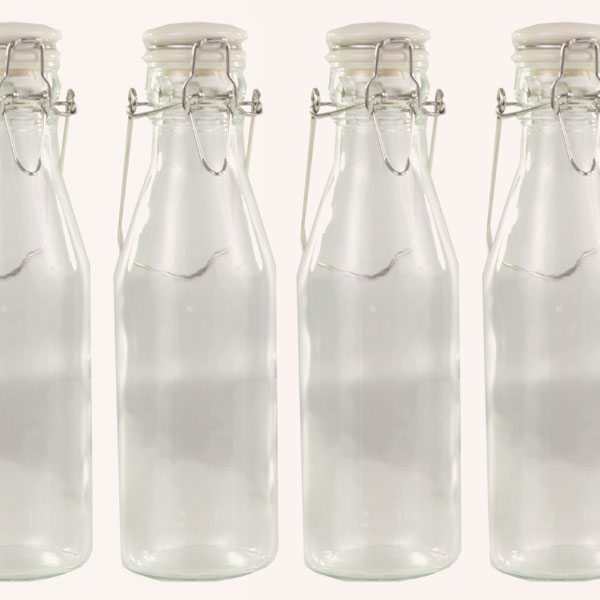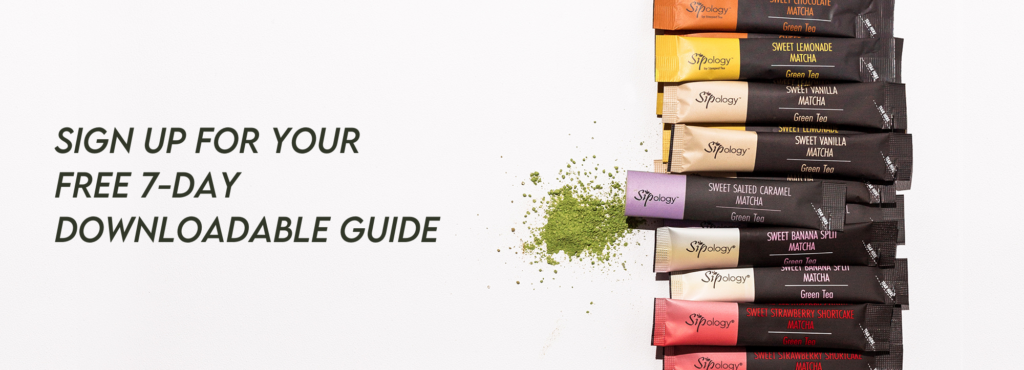
Kombucha
DISCOVER KOMBUCHA
Your Sipologist is ready to help you gather your friends to share a Kombucha Brewing Workshop.
WHAT IS IT?
Kombucha is fermented tea that comes in many flavors with or without effervescence. It consists of two parts: the fermented “base” which tastes similar to tart sparkling apple cider that can be flavored, and the floating “tea fungus,” otherwise known as the SCOBY, Symbiotic Culture of Bacteria and Yeast.
FREQUENTLY ASKED QUESTIONS
We have heard it all. We have picked the most common questions and answered them for you. See below for frequently asked questions.
Blank
Can I get sick from kombucha?
It is highly unlikely that you can get sick from drinking properly made kombucha. Cleanliness is extremely important to keep harmful yeast and bacteria out of your brew. Once your brew gets started, the high acidity of kombucha automatically kills off any other organisms.
Does kombucha contain alcohol?
The “brew” does contain small amounts of alcohol (less than 0.5%). If left to ferment too long in an air-tight bottle, the percentage may increase. If you are pregnant or nursing, talk to your health professional before consuming it.
Blank
What if I don’t feel well after drinking Kombucha?
Kombucha is an acidic drink with lots of probiotics. Integrate it slowly into your day starting with a quarter cup. It’s important to realize that it may affect your metabolism and digestion in ways that seem negative at first. Some people get dehydrated, while others may experience bowel problems. Typically, these resolve within the first few days of slowly drinking kombucha. It’s just a normal reaction to changing the microbial activity in your gut – for the better. If you do experience some mild side effects, drink lots of water.
Always consult with your physician or pharmacist if you are on medication or have any medical conditions before you consume kombucha or if you notice symptoms that persist more than a few days.
Also, be aware that kombucha contains sugar. It isn’t much, but if you are diabetic, you will need to account for it in you insulin administrations. Ask your physician.
What if my SCOBY gets moldy?
Mold on a SCOBY isn’t any discoloration, which is common due to yeast activity. Mold is usually a fuzzy growth on the SCOBY itself. Your SCOBY may mold for a number of reasons; foreign bacteria or yeast from unclean hands, equipment, fruit, or floating leaves.
EXPERT BREWING TIPS
Learn more from experienced ‘booch brewers!
Blank
Clean is Key
Clean is very important when you’re making kombucha, especially in the first few rounds. New SCOBYs are vulnerable to infection to a far greater extent than mature SCOBYs in mature starter fluid. By that time, your bacteria and yeast colony will be robust enough to fight off most invaders. In the early stages, cleanliness is key. Ensure by washing jars, pots and others equipment in hot water with soap. A dishwasher is even better.
Make a SCOBY
Get a SCOBY and starter fluid from a friend, buy them, or make them yourself. Always best to avoid dehydrated SCOBYs as they don’t always survive. If you choose to make your SCOBY and starter fluid yourself, here’s what you can do: Buy a bottle of kombucha from the store. Let it sit out for a couple of days open to the air, but covered wit ha cloth and rubber band. Once you see a SCOBY floating inside the jar or drink starts to taste like vinegar, you are ready to BREW!
Blank
No Floaties
Only use Camellia Sinensis (real tea) Kombucha Green Base, Organic Green Tea or Kombucha Black Base, Organic Black Tea in the first stage and not any herbal or fruit teas. The tannins from the tea help the SCOBY grow with the right yeast and bacteria cultures. Introducing anything other than the tea leaf at this stage may cause harmful bacteria or mold to grow on your SCOBY. To avoid free-floating tea leaves in the brew, always use our Steeping Sacks when steeping the tea. The floating particles get stuck on the SCOBY and become a vulnerable surface on which mold can grow.
pH for the starter fluid is the key to a healthy colony. pH is a short form of “potential of hydrogen,” which is a way of denoting the amount of acidity and basicity in a liquid. For a successful kombucha fermentation, you want a pH between 2.5 and 3.5 to guarantee a great brew. If you aren’t sure if you have a healthy environment, test with pH strips. If the pH is too high, then you may want to expose the SCOBY and starter fluid to the air for a day before you make your brew. Also, never skimp on the amount of starter fluid called for or the pH will likely be higher than you want.
Temperature
Using a thermometer helps speed up your prep time. You want your final mixture of water in the 1 gallon (4 liter) glass jar to be between 20˚C and 30˚C (68˚F and 86˚F). The best idea is to add cold water until you achieve that temperature, then add room temperature water to make up the difference.
SHOP KOMBUCHA
Sipology has everything you need to get started making your kombucha! Click below to shop our Kombucha Collection & stock up on the ‘booch essentials.


